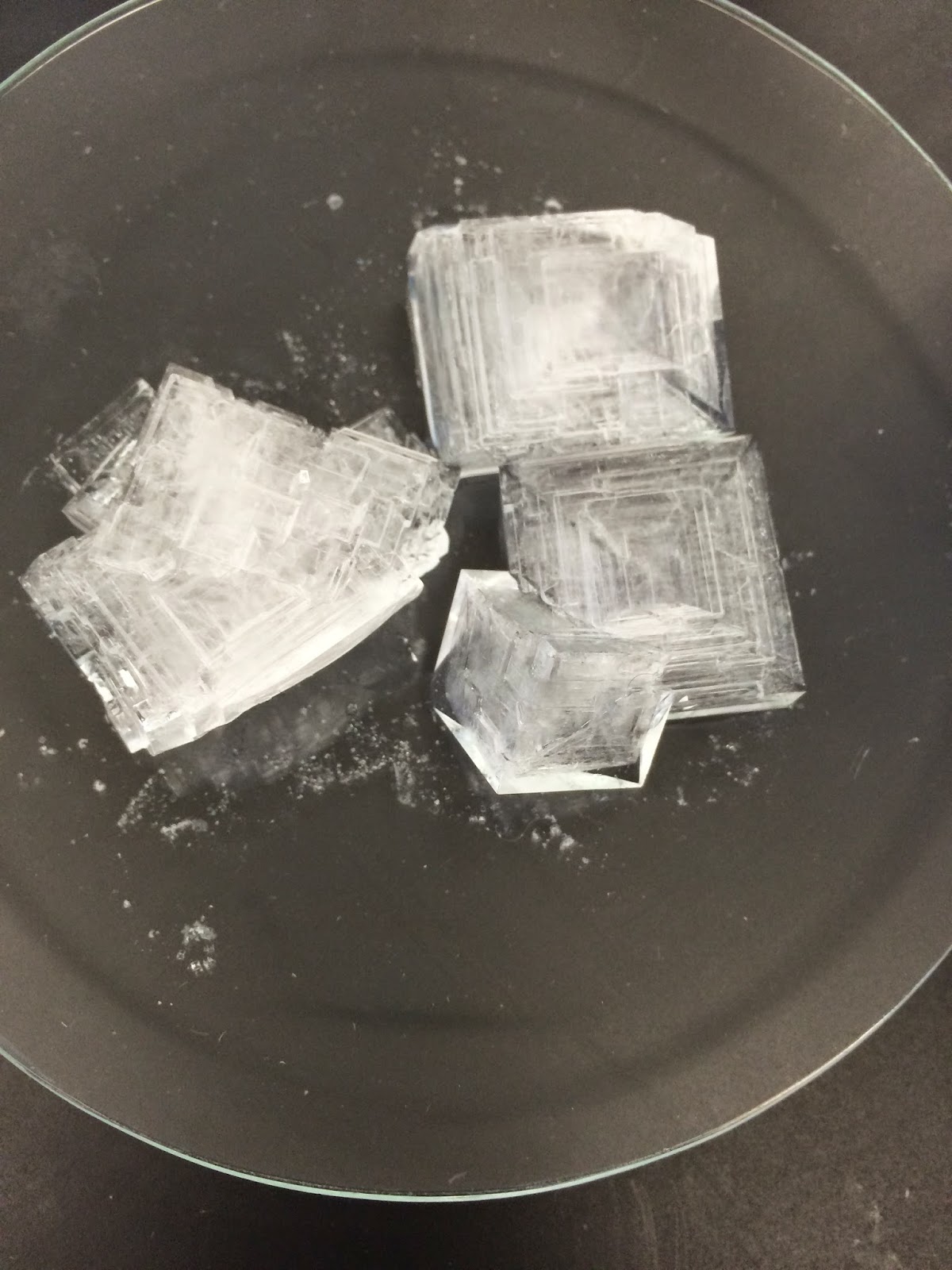The 2015 Spring Blog Awards are Out
Believe it or not, blog awards are a very important aspect of the digital ecosystem. Just check out the swankiness of the UK blog awards that rewards individuals for their social media achievements, and it's no different in Shin's class either! (minus the swank)Most In-Depth yet Easy to Read Blog
You can tell that AL really enjoys writing about the latest from Rosetta and Philae, the adventures of the European Space Agency's (and humanity's) first mission to a comet. Not only is it filled with jaw dropping pictures, it's littered with analysis dotted with his own reflections. His personality shines through while he overviews the latest discoveries, and it's a good one to read. Check it out at the Space Buddha!Most Colourful Blog
Now, while it is colourful,my title also points out that this particular student challenged herself to stay on the topic of the unit (rocks) and was able to colour her words well to keep me engaged. Her words engaged me and kept me going on a journey through to Australia and painted out a most interesting rock that I never knew existed. She may have added a destination to my bucket list with this post on Uluru.
Most Learned Blog
Now JL asked a very important question in his blog that I'd bet all of us observed, but have probably never asked. He went in deep and researched some profound analysis that brought me back to my electrical engineering university days and wow, I came out of that post a more learned man. Now it might go over your heads a little, but it's one heck of an interesting post. I'll bet you didn't know this!
Most Unique Blog Posting
This student demonstrated his learning of rocks and the rock cycle in a way that I've never seen before. He must be recognized for writing something entirely different! The number of concepts he runs through through his story is impressive.
Best All-Round Blog
MA has created a succinct, yet jam packed informative post on the latest discovery about those ice crystals. Her ability to hook you in, convey loads of information, and keep you engaged can be experienced right here.














